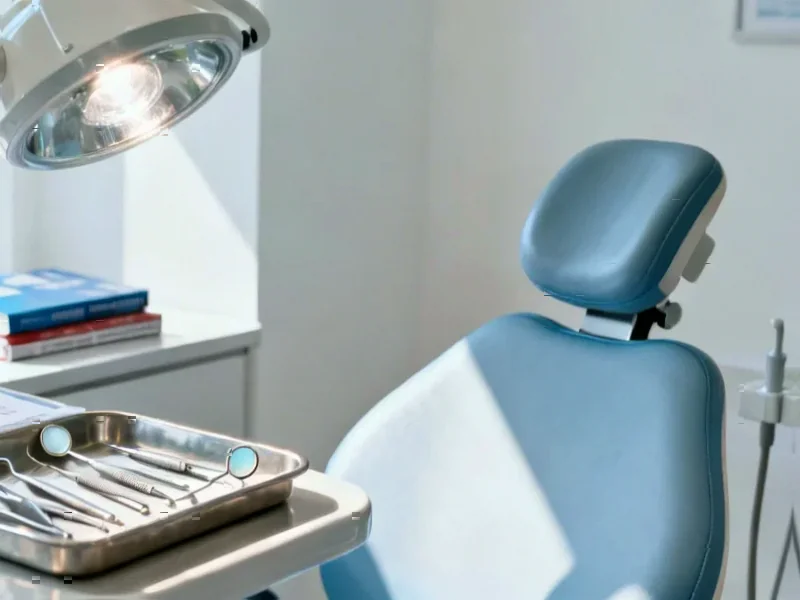According to Financial Times News, Yale School of Medicine researchers have developed an AI tool that can detect structural heart problems including weakened pumping ability, damaged valves and thickened muscle using smartwatch data. The study, presented at the American Heart Association’s annual scientific sessions in New Orleans, analyzed single-lead electrocardiograms (ECGs) from Apple Watches and achieved 86% accuracy in identifying structural heart disease while correctly ruling it out 99% of the time. The research involved training an AI algorithm on 266,000 sophisticated 12-lead ECGs from 110,006 Yale New Haven Hospital patients collected between 2015 and 2023, then validating it externally on more than 45,000 patients. Senior author Rohan Khera, director of Yale’s Cardiovascular Data Science Lab, noted this could “make early screening for structural heart disease possible on a large scale, using devices many people already own,” though the study acknowledges limitations including small sample size and some false positives. This development represents a significant expansion of wearable technology’s diagnostic capabilities beyond rhythm disorders.
From Rhythm to Structure: The Diagnostic Leap
The transition from detecting rhythm abnormalities to identifying structural heart disease represents a fundamental shift in what consumer wearables can accomplish. While current smartwatch capabilities focus primarily on atrial fibrillation detection through irregular rhythm patterns, structural heart conditions like valve disease, cardiomyopathy, and heart failure involve physical changes to the heart muscle and chambers that typically require sophisticated imaging or multi-lead ECG analysis. The ability to infer these structural issues from a simple 30-second single-lead recording suggests the AI is identifying subtle electrical patterns that correlate with physical heart changes – patterns that human clinicians might miss but machine learning algorithms can detect through pattern recognition across massive datasets. This bridges a critical gap between consumer-grade monitoring and clinical-grade diagnostics that could fundamentally change how we approach preventive cardiology.
The Reality of Real-World Implementation
While the 86% sensitivity and 99% specificity rates are impressive for a preliminary study, the real-world implementation faces several significant hurdles. The false positive rate, while seemingly low at 1%, could generate substantial unnecessary healthcare utilization if deployed across millions of users. Each false positive would likely trigger follow-up appointments, echocardiograms, and specialist consultations, potentially overwhelming cardiology services and increasing healthcare costs. Additionally, the study’s validation in a controlled outpatient setting doesn’t account for the variability of real-world conditions – movement artifacts, poor skin contact, and user error could all degrade performance. The researchers’ approach of adding “noise” during training to simulate imperfect signals is a step in the right direction, but real-world validation across diverse populations and activity levels will be essential before widespread deployment.
The Digital Divide in Cardiac Care
This technology advancement raises important questions about equitable access to healthcare innovation. While the promise of “using devices many people already own” sounds democratizing, the reality is that Apple Watch ownership skews toward higher-income, younger, and healthier populations – potentially leaving behind the very demographic groups at highest risk for structural heart disease. Elderly patients, who have the highest prevalence of valve disease and heart failure, are often the least comfortable with wearable technology and may struggle with the technical requirements for obtaining reliable ECG readings. There’s also the question of whether insurance systems will cover follow-up testing triggered by smartwatch alerts, potentially creating a two-tier system where those who can afford the technology get earlier detection while others rely on traditional symptom-based diagnosis.
The Regulatory and Clinical Validation Journey
The path from research demonstration to clinically approved tool is lengthy and complex. The study’s acknowledgment that it hasn’t yet been peer-reviewed is significant, as the cardiology community will need to scrutinize the methodology, particularly around how the AI model was trained and validated. Regulatory approval from agencies like the FDA will require larger, more diverse clinical trials demonstrating both safety and effectiveness across different populations. There’s also the question of how such technology would integrate into clinical workflows – would positive alerts go directly to patients, primary care physicians, or cardiologists? The liability considerations around missed detections (false negatives) and the appropriate response protocols for positive findings will need careful development before this can become standard of care.
Transforming Preventive Cardiology
If successfully validated and implemented, this technology could fundamentally reshape how we approach heart disease screening. Instead of waiting for symptoms to develop or relying on periodic check-ups, continuous monitoring through wearables could identify structural changes in their earliest stages, potentially allowing for interventions before significant damage occurs. This aligns with the growing emphasis on predictive and preventive healthcare rather than reactive treatment. The integration of such AI tools with other wearable data – activity levels, sleep patterns, blood oxygen – could create comprehensive cardiovascular health profiles that provide unprecedented insights into individual heart health trajectories. As Professor Fu Siong Ng of Imperial College London noted, this work aligns with ongoing global efforts to develop AI-enhanced ECG algorithms, suggesting we’re at the beginning of a major transformation in how we detect and manage heart disease.




